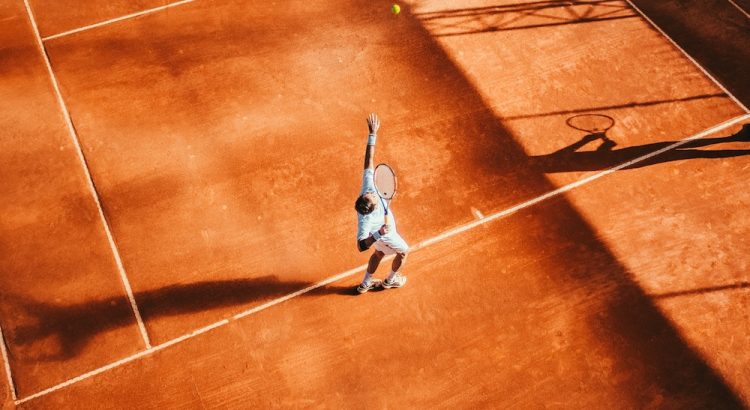Podcast: Play in new window | Download
Subscribe: Spotify | Email | TuneIn | RSS
Imagine a tennis ball dropped on cement – it immediately bounces back to your hand.
Now imagine dropping that same ball on a sandy beach.
The bounce of a tennis ball on pavement is a form of resilience, but it’s important to note that resilience is not just an inherent property of the ball.
Context matters just as much.
The Origin of Resilience
This week on the show, we talk with Adina Glickman. She served as the Director of Learning Strategy Programs at Stanford University for 18 years, where she founded The Stanford Resilience Project. She co-founded and is currently a co-director of The Academic Resilience Consortium. She’s the author of The Resilient Learner: Eight Pillars of Student Success among other works, and is the CEO, Founder, and Academic Coach at Affinity Coaching.
As you can tell, Adina Glickman has spent a lot of time thinking, teaching, and mentoring around resilience. We start our conversation by trying to understand just what resilience means and how it applies in academic settings like graduate school.
“As human beings, we are hard-wired to be resilient. We are born resilient,” Glickman says. She describes how a baby falls many times while learning to walk, but with each attempt, learns something new about muscle movement, the position of the feet, and balance in the inner ear.
Ultimately, the baby’s resilience pays off and she can walk a few steps, then a few more.
And that’s a key component of resilience; it’s not enough to keep trying – you need to learn from the failure.
It Takes Two
But Glickman cautions us not to see resilience as a trait confined to an individual. It’s not enough to expect each person to develop a set of skills.
Instead, resilience comes from the interaction between the individual and his environment – the context in which he fails.
She uses the example of the rubber ball bouncing on pavement or thudding onto a mattress to show that our ability to rebound has everything to do with our environment.
And that’s why she’s worked and written so extensively about how academic institutions, families, and society at large can foster the individual’s ability to bounce back.
This all becomes painfully relevant for graduate students, who are guaranteed to meet failure as they design and run experiments, submit papers for review, and apply for grants. Failure is unavoidable, and so resilience is central to success.
Unfortunately, some students have never had to exercise their resilience. They enrolled in graduate school because perhaps they excelled in their high school and undergraduate training. The failure they face as a grad student may be the first real challenge of their training.
At the same time, many academic institutions aren’t set up to provide a good resilient surface to learn and rebound. The rules and expectations may not be explicit, and impostor syndrome can chip away at our desire to get back up when we fall.
Glickman encourages students, faculty and administrators to talk about their failures in an effort to normalize the experience. She recommends “sharing your own story, sharing your own struggles on a human level.”
Somehow, that admission of imperfection and failure transforms the speaker and the audience, and helps bind them together in the recognition that we all fall down.
And together, we can all bounce back.
Bananarama
This week, we sample Banana Bread Beer from Eagle Brewery in Bedford, UK. We had a long and fruitful (see what I did there?) discussion about the right way to peel a banana, and the origin of that banana candy flavor that seems to taste nothing like a real banana.
If you also want to learn more than anyone should know about the history of banana flavor, check out Why Don’t Banana Candies Taste Like Real Bananas? by Johana Mayer for Science Friday.

